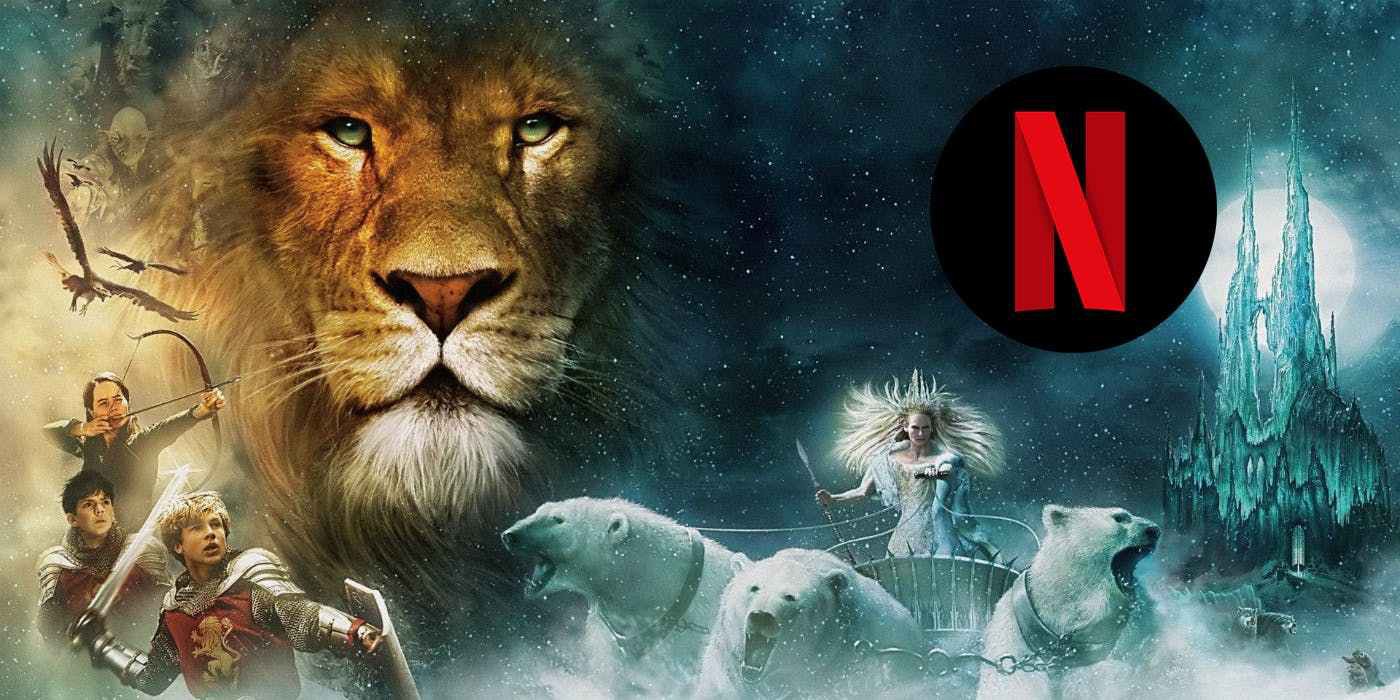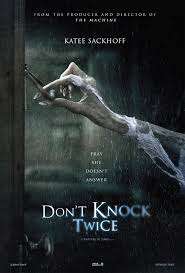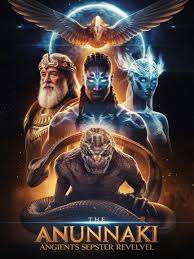Few series in the history of literature have captivated readers with the enduring charm and layered complexity of The Chronicles of Narnia by C.S. Lewis. Written between 1950 and 1956, the seven-book saga has transcended generations, remaining a cornerstone of children’s fantasy literature and a powerful allegorical reflection of deep philosophical and spiritual ideas. With its rich narrative tapestry, iconic characters like Aslan and the Pevensie siblings, and its fusion of mythology and Christian allegory, The Chronicles of Narnia continues to enchant readers worldwide.
This article explores the origins, themes, books, major characters, literary significance, and adaptations of this epic fantasy series—highlighting why it continues to resonate almost 75 years after its

Origins and Inspiration: The Mind Behind Narnia
Born in 1898 in Belfast, Northern Ireland, Clive Staples Lewis was a professor of literature, a scholar of medieval and Renaissance texts, and a committed Christian thinker. A member of the informal literary group known as The Inklings—which included his friend J.R.R. Tolkien—Lewis created Narnia during the post-World War II years, a period of immense cultural and emotional reconstruction.
The genesis of Narnia began not with a grand plan but with a series of images Lewis had been collecting since childhood—most notably, a faun carrying an umbrella in a snowy wood. As Lewis once said:
“I wrote the first book when I was about 40. I put in all the things I liked—animals that talked, dwarfs, fauns, and other things.”
But as the narrative took shape, deeper themes emerged: redemption, sacrifice, truth, and the battle between good and evil—culminating in the majestic figure of Aslan, the great lion, who came to represent the spiritual center of the series.

A Brief Overview of the Seven Books
The series is often read in two orders: publication order (starting with The Lion, the Witch and the Wardrobe) and chronological order (beginning with The Magician’s Nephew). Each book stands alone in terms of narrative but contributes to the broader mythology of Narnia.
1. The Magician’s Nephew (1955)
This prequel explains the creation of Narnia by Aslan and the arrival of evil through the White Witch. It introduces key elements like the magical rings, the Wood between the Worlds, and the cursed land of Charn.
2. The Lion, the Witch and the Wardrobe (1950)
The best-known of the series, this book tells of four siblings—Peter, Susan, Edmund, and Lucy—who discover Narnia through a wardrobe and aid Aslan in defeating the White Witch, who has cast the land into perpetual winter.
3. The Horse and His Boy (1954)
Set during the Pevensies’ reign, this tale follows Shasta, a boy fleeing from a cruel life in Calormen, and his talking horse Bree, as they journey to Narnia and uncover a plot to invade the kingdom.
4. Prince Caspian (1951)
The Pevensie children return to Narnia to help Prince Caspian reclaim his throne from his usurping uncle, Miraz. The story reveals that centuries have passed in Narnian time.
5. The Voyage of the Dawn Treader (1952)
A sea-faring adventure led by King Caspian, joined by Edmund, Lucy, and their cousin Eustace. They explore strange islands in search of seven lost lords, encountering dragons, sea serpents, and even the edge of the world.
6. The Silver Chair (1953)
Eustace returns with schoolmate Jill Pole to rescue Prince Rilian, Caspian’s son, who is held captive in the Underland by an evil enchantress.
7. The Last Battle (1956)
The series concludes with the final days of Narnia, a false Aslan, a civil war, and the world’s end. But it also hints at a new, eternal Narnia—an allegory for heaven and spiritual rebirth.
Major Characters and Symbolism
Aslan
The great lion Aslan is not just a central character—he is the heart of Narnia. Noble, powerful, and kind, Aslan is a clear allegory for Jesus Christ. His resurrection in The Lion, the Witch and the Wardrobe mirrors the Christian narrative, and his final judgment in The Last Battle underscores themes of eternity and divine justice.
The Pevensie Siblings
-
Peter: The High King, representing leadership and moral authority.
-
Susan: Intelligent and skeptical, but later criticized for losing faith in Narnia.
-
Edmund: A traitor-turned-hero, his arc embodies repentance and redemption.
-
Lucy: The most faithful, often first to believe and follow Aslan.
Eustace Scrubb
Introduced in Dawn Treader, Eustace begins as an obnoxious boy but transforms—both physically (into a dragon) and morally—symbolizing personal growth and humility.
The White Witch (Jadis)
The primary antagonist in the first two chronological books, she symbolizes evil, tyranny, and the desire for control at the cost of life and truth.
Themes: Deeper Than Fantasy
While the surface of Narnia is filled with fantastical creatures and thrilling quests, its depth lies in its themes.
1. Christianity and Spiritual Allegory
Though not a strict allegory, Lewis wove Christian symbolism throughout:
-
Aslan’s sacrifice reflects the crucifixion.
-
The Stone Table breaking symbolizes the end of old law.
-
The Last Battle is essentially an apocalyptic vision drawn from Revelation.
Yet Lewis insisted the books could be enjoyed without religious awareness:
“I’m not writing these to persuade children to be Christian. But the truth will shine through.”
2. Redemption and Forgiveness
Characters such as Edmund and Eustace are given second chances—illustrating that even betrayal or pride can be overcome.
3. Courage and Faith
Lucy often acts on faith alone, and the series repeatedly rewards characters who trust in Aslan even when they cannot see or hear him.
4. The Nature of Time
Narnia’s separate timeline adds a dreamlike quality and allows characters to mature in Narnia but return to Earth unchanged. This poses questions about growth, reality, and memory.
Legacy and Influence
With over 100 million copies sold, The Chronicles of Narnia is one of the most successful children’s book series of all time. It has been translated into 47+ languages and continues to be a staple in school curricula and literature studies.
Narnia has inspired:
-
Authors like J.K. Rowling (Harry Potter), Philip Pullman (His Dark Materials, albeit as a critical response), and Neil Gaiman.
-
Academic analysis on religion, politics, and philosophy in literature.
-
Generations of readers to think critically about morality, belief, and imagination.
Adaptations on Screen and Stage
BBC Series (1988–1990)
A well-loved, if modest, televised adaptation of four of the books, appreciated for its faithfulness to the text and charming old-school effects.
Walden Media Films (2005–2010)
Three films (The Lion, the Witch and the Wardrobe, Prince Caspian, and The Voyage of the Dawn Treader) brought Narnia to life with high production value, notable performances, and a sense of cinematic wonder. The first was a box-office success and won an Academy Award for Best Makeup.
However, creative differences and diminishing box office returns put a halt to further film adaptations under that franchise.
Netflix Reboot (In Development)
In 2018, Netflix acquired the rights to produce Narnia content. In 2023, it was announced that Greta Gerwig (Barbie, Little Women) would direct at least two new Narnia films. The reboot is expected to reimagine the series for a new generation with a mix of films and possible episodic content.
 Criticism and Controversy
Criticism and Controversy
Despite its popularity, the series has faced criticism over the years:
-
Susan’s fate in The Last Battle, where she is no longer “a friend of Narnia” because she’s interested in “lipstick and parties,” sparked debate about gender roles and the message to young girls.
-
Calormenes, depicted as swarthy and villainous in The Horse and His Boy, have been criticized as racially stereotyped.
-
Some secular readers find the Christian allegory too overt or didactic.
Still, many scholars defend the books as products of their time and emphasize their deeper literary and philosophical merit.
Conclusion: Why Narnia Still Matters
More than seven decades after Lucy first stepped through the wardrobe, The Chronicles of Narnia remains one of the most iconic and influential works of fantasy literature. Its universal themes, vivid characters, and rich world-building continue to captivate young and adult readers alike.
C.S. Lewis didn’t just create a fantasy world—he offered a space where imagination and spirituality could dance together. Narnia is a place





